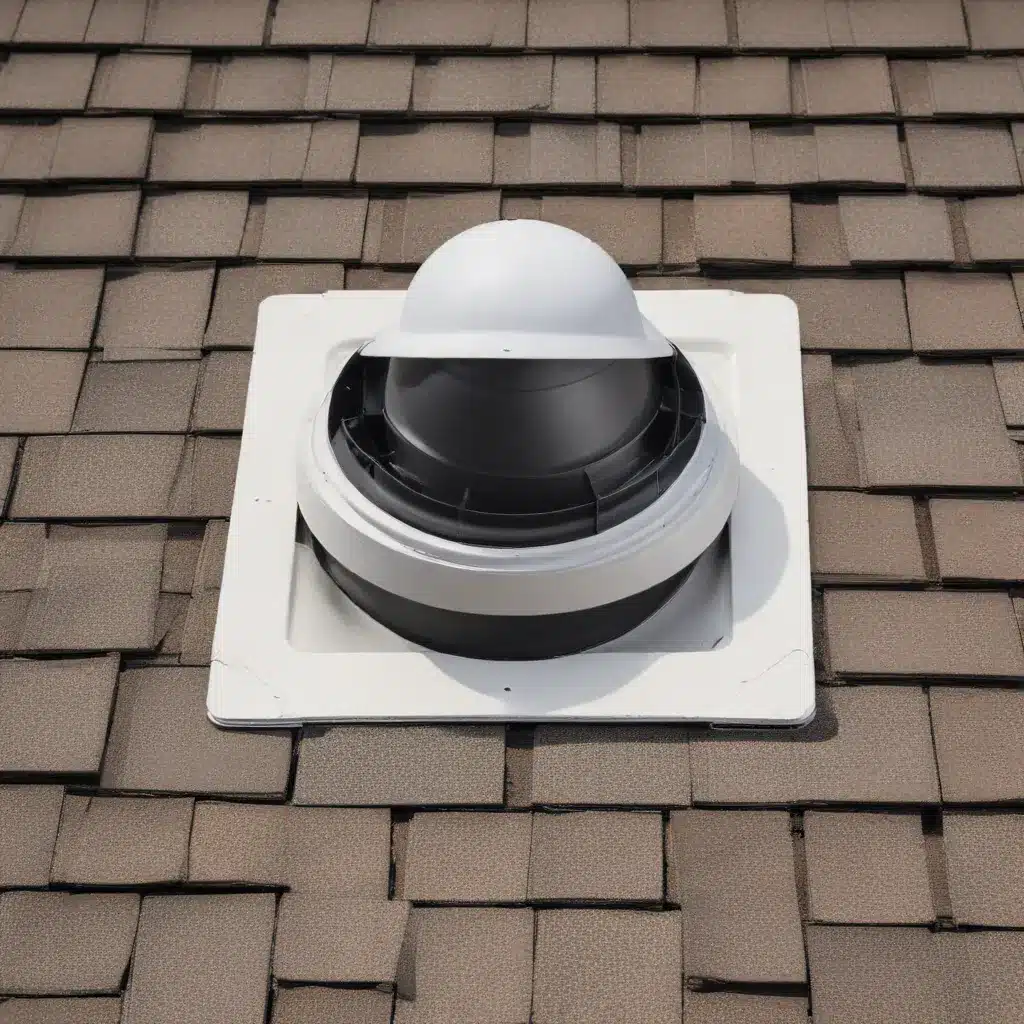
The significance of proper attic ventilation
Your attic might seem like an isolated space, but it plays a surprisingly significant role in the comfort and health of your entire home. Improper attic ventilation can lead to many problems, impacting your indoor air quality and energy bills. As an experienced roofing professional, I’m here to share the advantages of proper attic ventilation and how it can safeguard your home.
Identifying signs of inadequate attic ventilation
Before we dive into the benefits, let’s first look at some telltale signs that your attic may not be getting the ventilation it needs:
- Excessively hot attic spaces: If the attic feels like a furnace, even on moderate summer days, it’s a clear indication of poor ventilation.
- Moisture buildup and mold growth: Damp and musty odors, as well as visible mold or mildew, suggest moisture accumulation in the attic.
- Ice dams on the roof: In colder climates, the formation of ice dams along the roof’s edge is a sign that warm air is becoming trapped in the attic.
- High energy bills: If your cooling and heating costs seem unusually high, it could be due to the attic’s impact on your home’s overall energy efficiency.
The science behind proper attic ventilation
To understand the importance of attic ventilation, we need to look at the science behind temperature and moisture regulation in this often-overlooked space. Attics are particularly vulnerable to extreme temperature fluctuations throughout the year.
During the summer, the sun’s heat warms the roof, and this heat gets transferred to the attic space. Without proper ventilation, this hot air becomes trapped, leading to scorching temperatures that can cause premature deterioration of roofing materials and force your air conditioning system to work overtime.
In the winter, the warm air from your living spaces naturally rises and can seep through cracks and leaks into the attic. This warm, moist air can then condense on the cooler attic surfaces, leading to a buildup of moisture. Excessive moisture creates an ideal breeding ground for mold and mildew, which can then infiltrate your living space through ventilation systems and cracks.
The benefits of proper attic ventilation
Now that we’ve identified the signs of inadequate ventilation and the underlying science, let’s explore the key advantages of ensuring your attic is properly ventilated.
1. Improved indoor air quality
Proper ventilation is essential for maintaining a healthy indoor environment. By allowing hot, humid air to escape the attic, ventilation helps prevent the growth of mold and mildew, which can have severe consequences for your family’s respiratory health. Mold spores are a significant allergen that can trigger asthma attacks, allergic reactions, and other respiratory issues. By keeping your attic dry and well-ventilated, you’re creating a healthier living space for your household.
2. Enhanced energy efficiency
A poorly ventilated attic can also have a significant impact on your energy bills. During the summer, the scorching temperatures in an unventilated attic can radiate heat into your living spaces, forcing your air conditioning system to work harder to maintain a comfortable temperature. Proper ventilation helps keep the attic cooler, reducing the heat load on your AC unit and resulting in lower energy consumption and potentially lower electricity bills.
In the winter, effective attic ventilation can also prevent the formation of ice dams on your roof. Ice dams occur when warm attic air melts snow on the roof, causing the melted water to refreeze at the eaves and create leaks and potential damage. By keeping the attic temperature lower through proper ventilation, you can avoid the formation of these costly ice dams, protecting your roof and saving money on potential repairs.
3. Prolonged roofing lifespan
In addition to improving indoor air quality and energy efficiency, proper attic ventilation can also extend the lifespan of your roof. The extreme heat buildup in an unventilated attic can cause premature deterioration of roofing materials, leading to the need for costly repairs or even a full roof replacement. By maintaining a more stable temperature in the attic, ventilation helps preserve the structural integrity of your roof, saving you money in the long run.
Types of attic ventilation
To ensure your home benefits from the advantages of proper attic ventilation, it’s important to understand the different types of ventilation systems available. The two main components are:
Intake vents
These vents, typically located at the soffits (underneath the eaves), allow cool air to enter the attic, creating a balanced airflow.
Exhaust vents
These vents, usually located at the roof peak or ridge, allow hot, humid air to escape the attic, drawing in the fresh outside air.
By combining these intake and exhaust vents, you can create a continuous air circulation that effectively regulates the temperature and moisture levels in your attic.
Taking action for a healthier, more efficient home
If you suspect your home may be suffering from inadequate attic ventilation, it’s crucial to address the issue promptly. A qualified roofing contractor can inspect your attic and recommend the appropriate ventilation solutions to meet your specific needs.
Investing in proper attic ventilation is a wise decision that pays off in the long run. By improving indoor air quality and reducing energy consumption, you’ll create a healthier, more comfortable, and more energy-efficient home for you and your family.
At Roofers in Northampton, our team of experienced professionals is dedicated to helping homeowners like you safeguard their homes and enhance their quality of life through tailored roofing solutions. Contact us today to learn more about how we can optimize your attic ventilation and unlock the benefits of a healthier, more energy-efficient living environment.

